Review: 2020 Subaru Outback Onyx Edition XT
Around the Kroger parking lots and state park trailheads of southeast Michigan, one of the most familiar silhouettes is that of a Subaru Outback—often covered to the door handles in chalk-colored dust or splashed with winter sludge. What do the good people of the Midwest—and the Pacific Northwest, the Southeast, and most of America—love so much about this lifted wagon? We drove a 2020 Onyx Edition XT to find out.
2020 was the debut year for the sixth-generation Outback. The all-new generation is roughly two inches longer than its predecessor and boasts a new infotainment system headlined by an 11.6-inch touchscreen. Under the hood sits a new-to-the-Outback engine, a turbocharged boxer-four shared with the 2021 Ascent that marks the first time Subaru’s put a turbocharged mill in an Outback since 2005. (The popular but pricey flat-six, and the 3.6R trim level that provided it, did not make it into the new generation.) The 2021 model hitting showrooms now contains a few minor changes to seatbelt chimes, plus new adaptive headlights, but is otherwise identical.
The Outback nameplate initially designated a trim level on the sole wagon version of the Legacy sedan. Today, it’s the loftier, more plastic-clad of two wagons based on the Legacy; the other is the Levorg, an “estate” with a genuinely car-like ride height that’s sold only overseas. Of the two wagons, the Outback tries much harder to look like a burly SUV. The Outback’s metamorphosis into the SUV-ish creation it is today began in the 2005 model year, for which Subaru gave it a 1.4-inch lift. The change reclassified the Outback as a sport utility rather than a car, thus allowing the automaker to escape the stricter fuel economy standards set for U.S.-market passenger cars.
We tested a 2020 Outback Onyx Edition XT. The “XT” designates this model as one of three trims equipped with the 260-hp, turbocharged mill. The Onyx Edition is the cheapest of the turbo Outbacks and the most visually edgy, decked out with smoked taillights and a unique interior headlined by water-repellant seat fabric and lime-green stitching.
The $35,405 Onyx Edition XT slots fourth in the seven-model Outback lineup, between two naturally aspirated models: the $34,455 Limited and the $38,355 Touring (all prices include a $1010 destination fee). Subaru positions the Onyx Edition XT as the most rugged and outdoorsy of the seven trims, but the equipment list reveals some strange gaps: it’s the most expensive Outback to do without the upgraded Harman Kardon audio system, ventilated seats, or a heated steering wheel. The only available upgrade is a $1845 package that adds on-board navigation, a moonroof, and Reverse Automatic Braking (more on that in a bit). Equipped with that $1845 option, our tester rang in at $37,750 (destination included).

The Outback’s interior has too many competing seams, metal accents, and trapezoidal air vents to be elegant or zen-like; its main virtues lie in excellent visibility, decent ergonomics, and materials that you won’t worry too much about scuffing or staining. The 11.6-inch touchscreen dominates the dash and will immediately impress Outback owners upgrading from 2019’s 6.5- or 8.0-inch units. (Such customers will need to adapt to relocated seat-heater controls, which are now accessed via the touchscreen. We wish that Subaru kept the analog controls for this feature.) Though the StarTex “fabric” felt foamy and cheap, the Onyx Edition’s waterproof seats were unfazed by occasional water spills (or even by a leaky jar of almond butter). Those who want to save a few thousand dollars, however, will probably be served equally well by the black-cloth seats found in lower trims. The second row folds 60/40, and can be lowered either from the rear doors or from the hatch.
As of the 2020 model year, the Onyx Edition XT is one of three Outbacks to receive the Ascent’s 2.4-liter turbocharged boxer-four, which makes 260 hp and 277 lb-ft of torque. If you don’t need the 3500-pound towing capacity of the turbocharged mill, the more fuel-efficient, naturally aspirated 2.5-liter engine may be a better fit. At 33/26 mpg highway/city, the 182-hp four-banger can still tug 2700 pounds and is less thirsty than its more powerful sibling, which Subaru rates at 30/23 mpg highway/city.
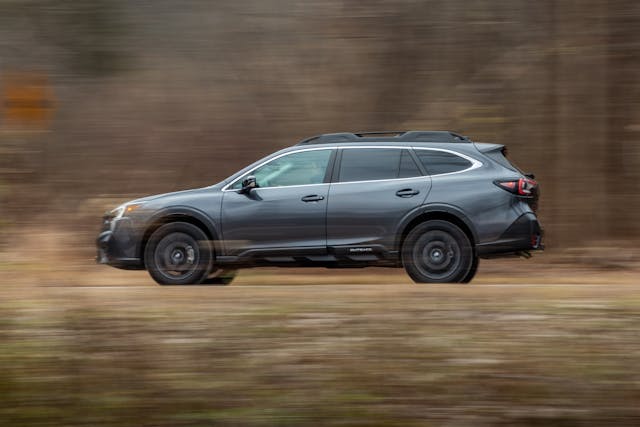
The 270-hp motor sounds breathy but feels punchy on aggressive inputs. Around town, the CVT does its business inconspicuously, though the engine chugs noticeably on automatic start/stop cycles. Refinement, however, isn’t the Outback’s chief selling point. Once we ventured out of the city onto the many rutted dirt roads outside Ann Arbor, the Outback’s all-wheel drive system shone. Even rumbling along above 45 mph, the ride wasn’t punishing and noise and vibration inside the cabin was well-controlled. On an abrupt stop, the antilock systems kept skidding to a minimum, and the Outback didn’t shimmy or nose to either side. The only flaw in the vehicle’s dirt-road composure was a mysterious rattling in the cabin, somewhere in the roof.
Hit the highways, and the driving experience is soon punctuated by beeps and flashes. The Outback’s driving-assist tech is safety-minded to the point of mild schizophrenia. The lane-centering system’s tendency to wander makes matters worse, since the sensors monitoring the edges of the lane detect the drifting and blame the driver. After five hours of highway driving, we had made peace with active cruise control but decided to keep steering duties in our own hands.
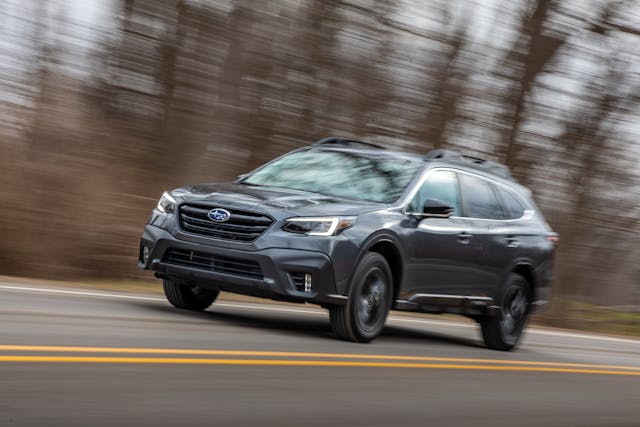
The Reverse Automatic Braking, bundled in a $1845 package with the sunroof and navigation software on our test vehicle, was similarly hypervigilant. While leaving a parallel parking space, dutifully using the grainy rear camera view, we were startled when the Outback slammed on the brakes and unleashed a torrent of flashes and beeps. We’re all in favor of protecting unsuspecting Jeep Wranglers from impromptu restyling, but the Outback’s defense system was alarming. A higher-quality rear video feed would go a long way towards preventing the need for this brake assist in the first place.
The low resolution of the reverse camera is particularly irritating given the new, high-res touchscreen dominating the Outback’s dash. The 11.6-inch screen is the showpiece of the new Outback generation’s infotainment and comes standard on all Outbacks except the base model, which makes do with a pair of 7.0-inchers. With vivid colors and decent touch-sensitivity, the commanding display succeeds in giving the 2020 Outback a modernized look and feel. (The vibe is only slightly undercut by the instrument cluster’s analog gauges and tiny LCD display.) The included TomTom navigation did not impress; there’s no easy way to mute the auditory cues, should you want an undisturbed listening session with your favorite playlist. Digging through the submenus, we finally were able to tune the instructions to volume level zero, but TomTom automatically turned down the music even for the now-muted commands. Unless you’ve got your heart set on the rather small moonroof, the $1845 premium for the clunky Rear Brake Assist and the TomTom navigation isn’t worth it; buy a windshield- or vent-mounted stand for your smartphone and cue up Google Maps. Strangely, given the vertically-oriented screen, Apple CarPlay only populates on the top half of the 11.6-inch display.
The Onyx Edition’s six-speaker sound system, shared with the Premium trim, produces shrill trebles and reluctant low-range bass. The stage is set low—we got the impression that Taylor Swift was trapped somewhere between the footwell and the climate-control vents. Subaru does offer an optional Rockford Fosgate audio upgrade ($599) on all trims that don’t receive the top-tier Harman Kardon system as standard—the base model, the Premium, and the Onyx Edition XT—but we weren’t able to sample it. The Limited, Touring, Limited XT, and Touring XT get the 12-speaker experience.

This particular mid-level trim didn’t charm us; if strapped for cash, we’d sacrifice the Onyx Edition XT’s turbo powerplant and sporting pretensions in favor of a base or Premium model with a dark cloth interior, adding all available rubber floor mats. Long-time fans of the Outback name with bigger wallets will be happier with a Touring model and its Nappa leather interior. With a $13,000 difference between the bare-bones base model and the top-of-the-line Touring XT, however, the Outback is likely to satisfy a wide range of budgets.
Fifteen model years later, Subaru’s core insight still applies: many buyers are happier with a wagon if it looks more like an SUV. An affordable, handsome sport utility that can tackle messy roads with all-wheel-drive aplomb—and whose outdoorsy aesthetic is only improved with dirt, mud, or sludge—the sixth-gen Outback doesn’t disappoint.
2020 Subaru Onyx Edition XT
Price: $37,750 (as tested)
Highs: Standard all-wheel drive, generous ground clearance, good visibility.
Lows: Hyperaware driver-assist tech, clunky on-board navigation.
Summary: An unpretentious SUV that’s meant to be used and abused, but most will be happier with a different trim.
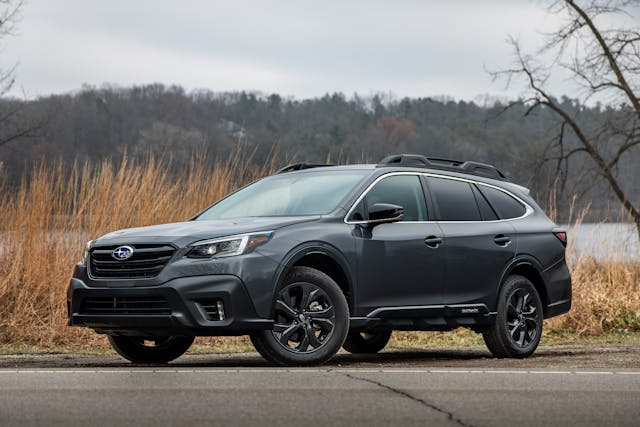

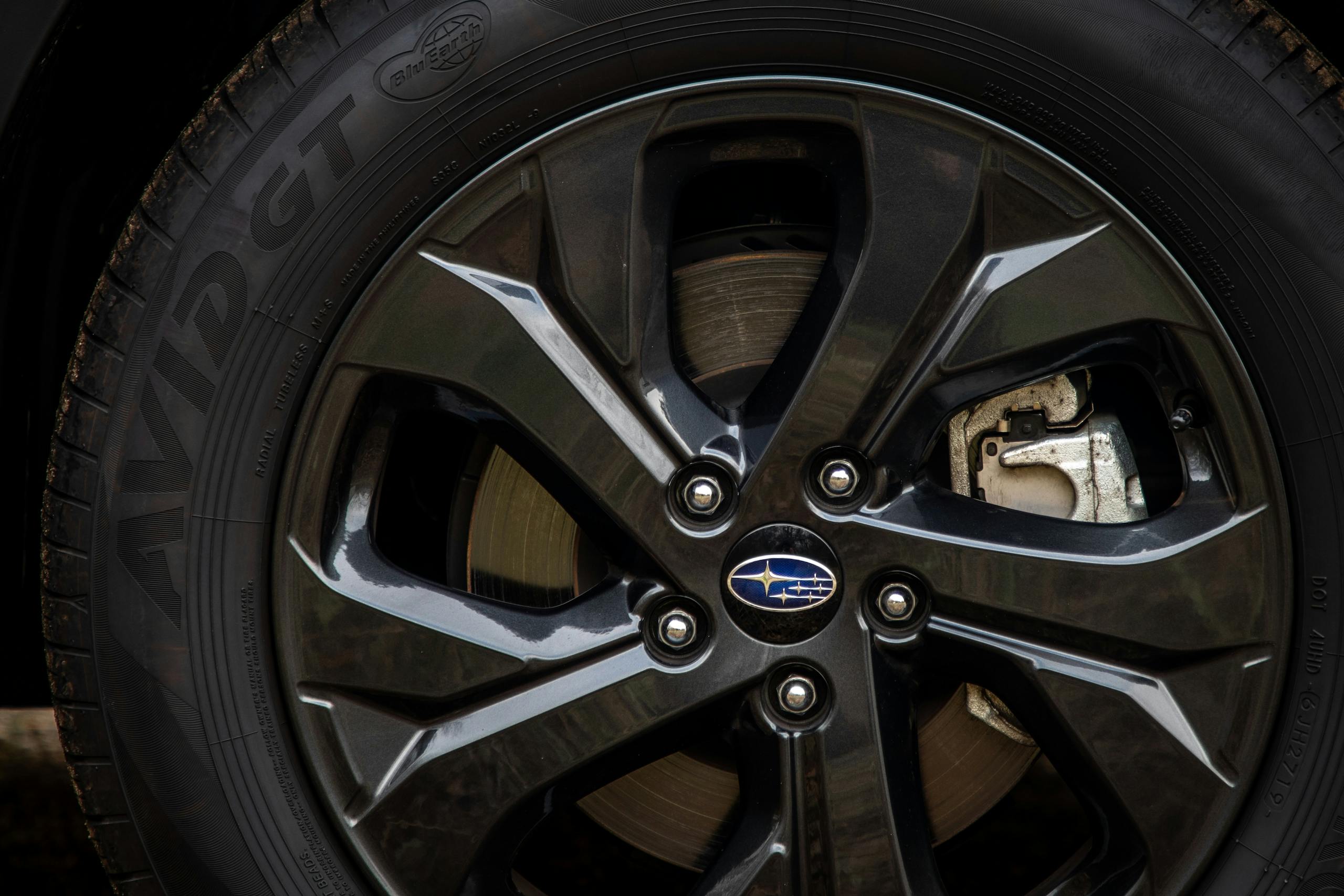
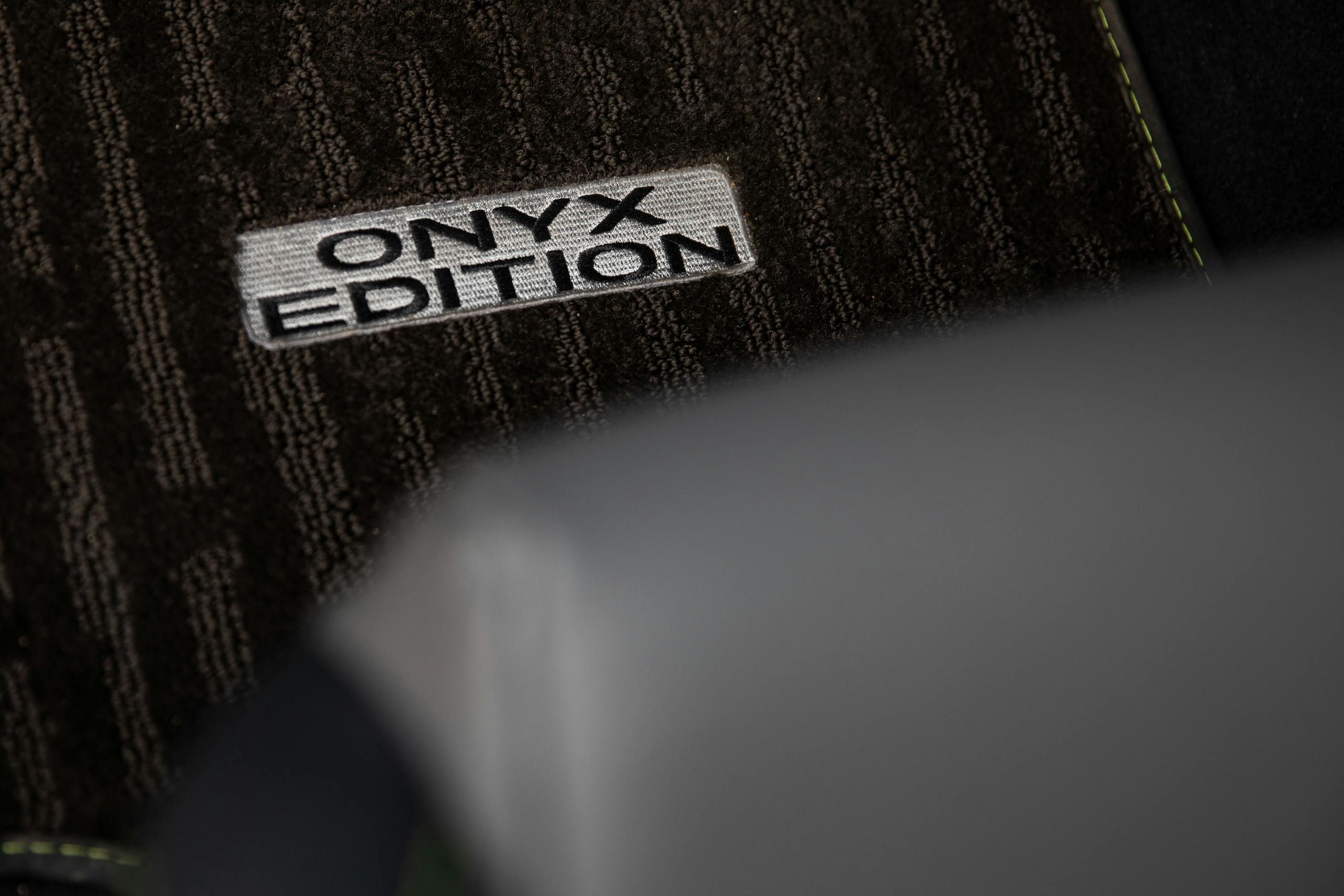

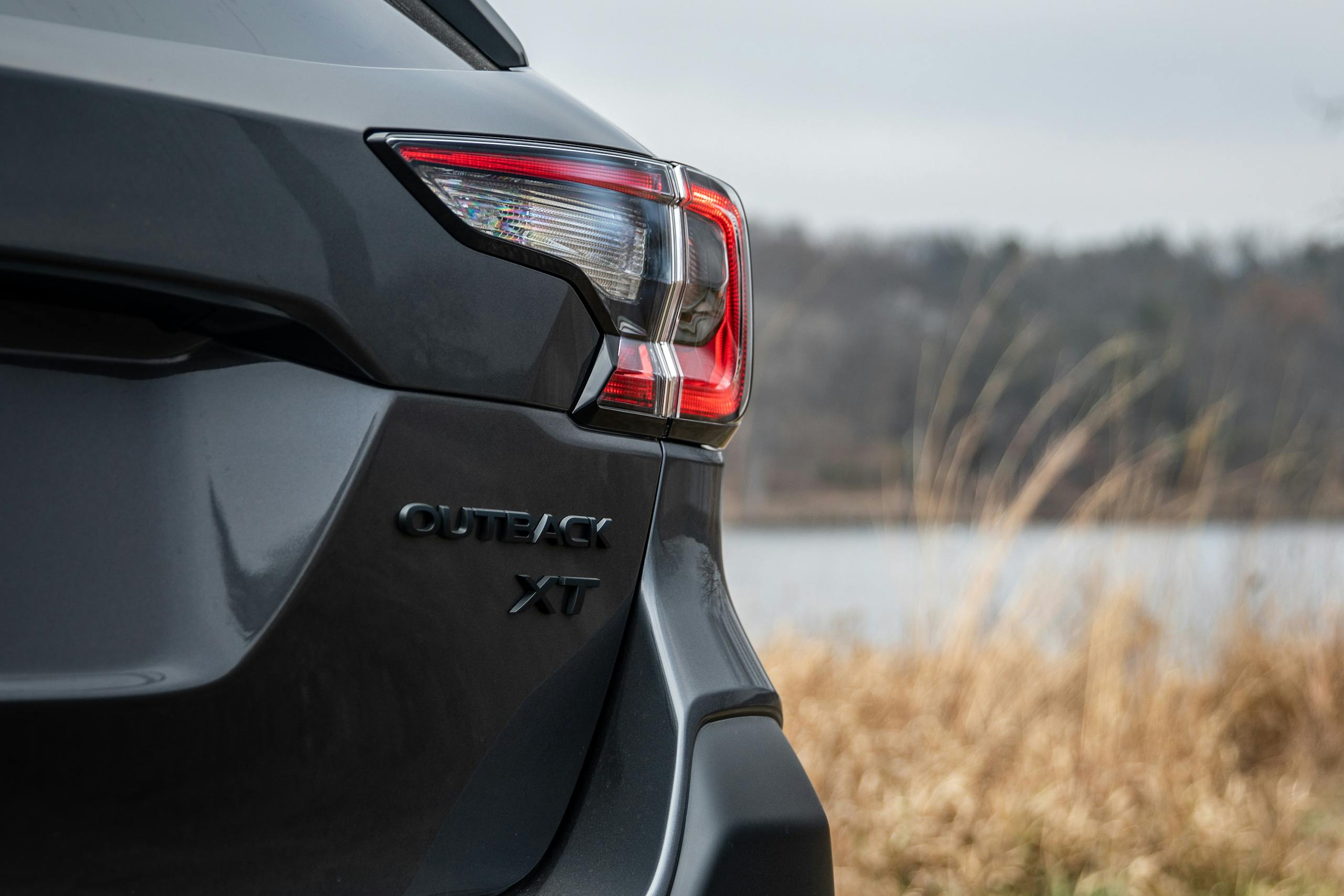

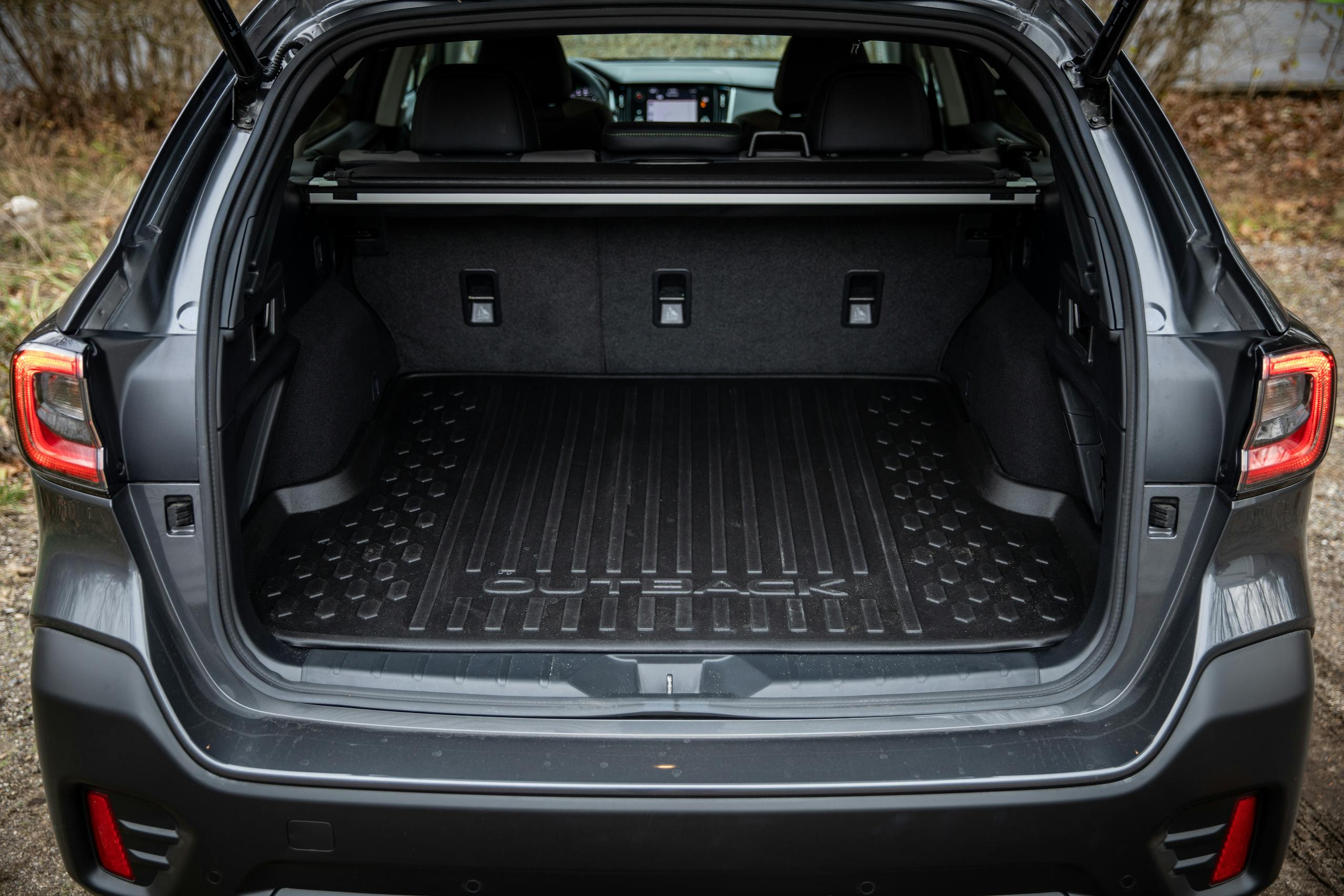
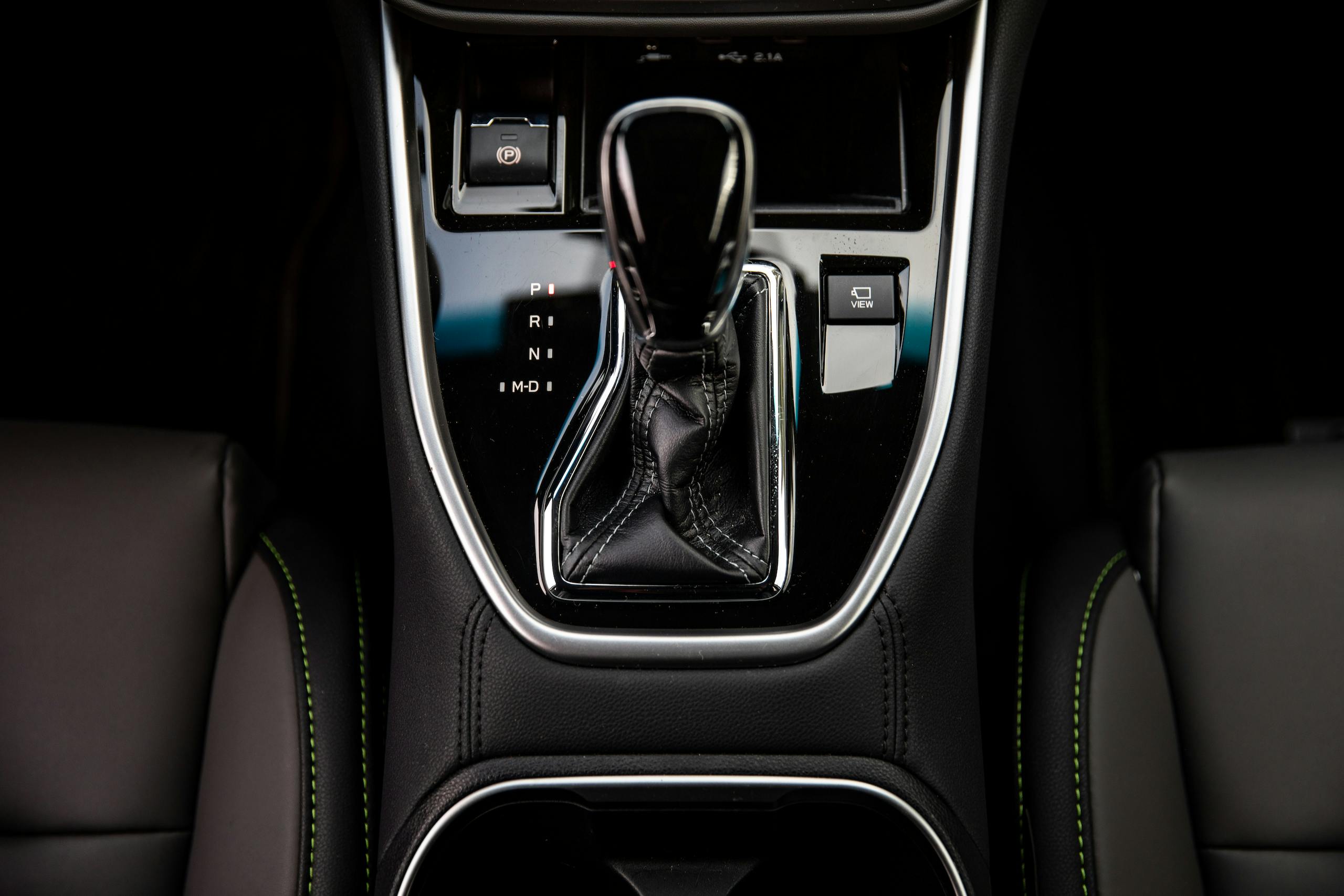
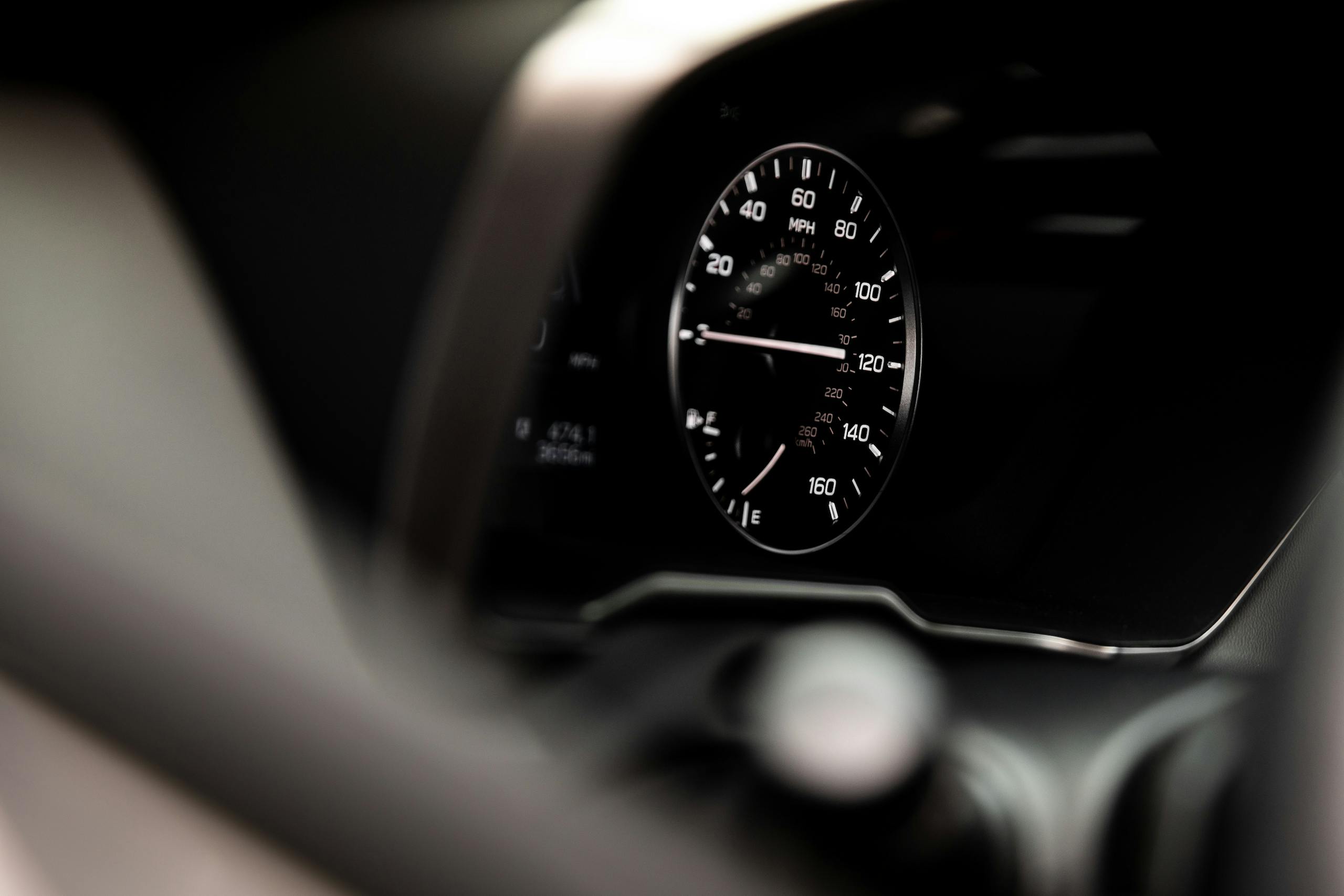

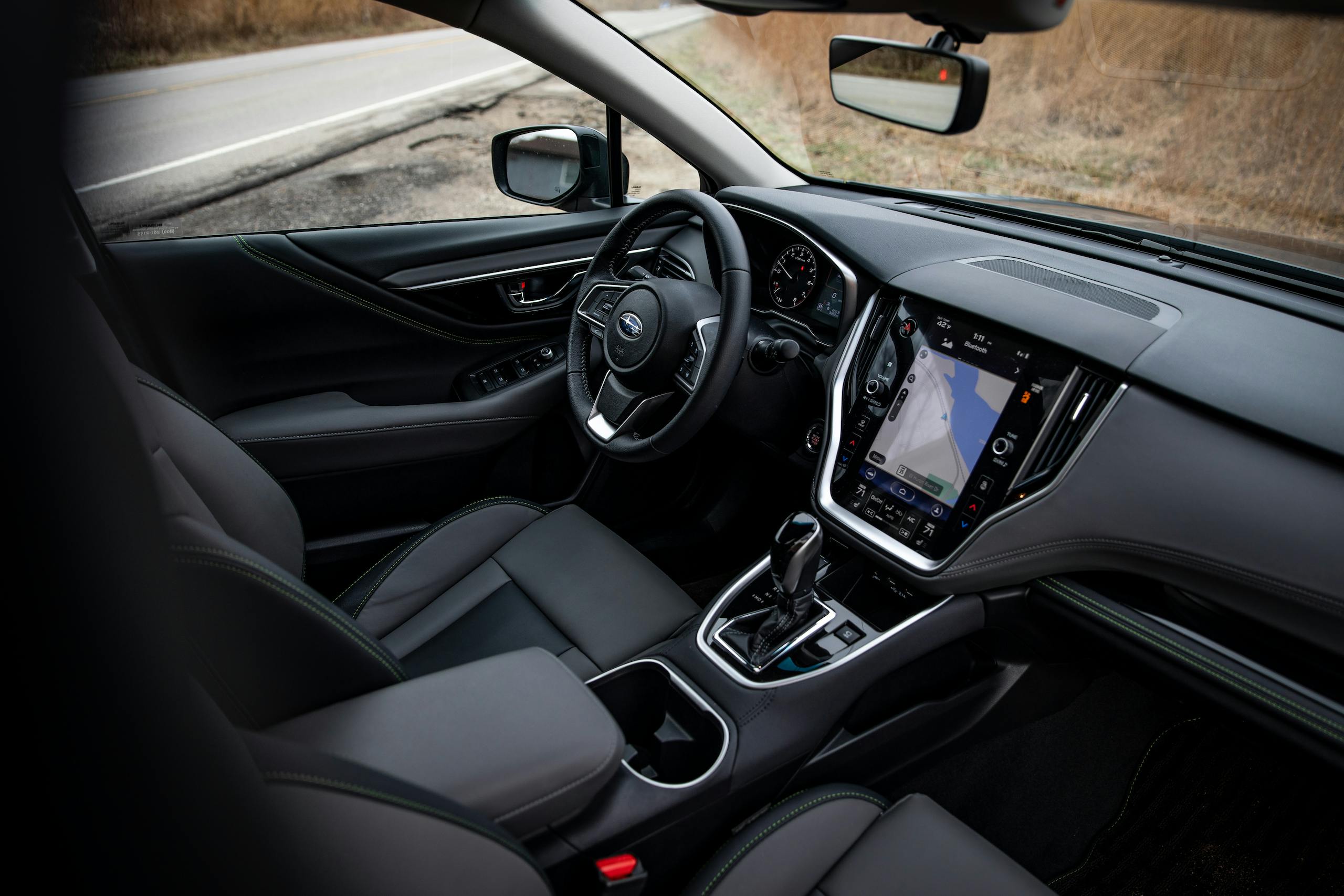
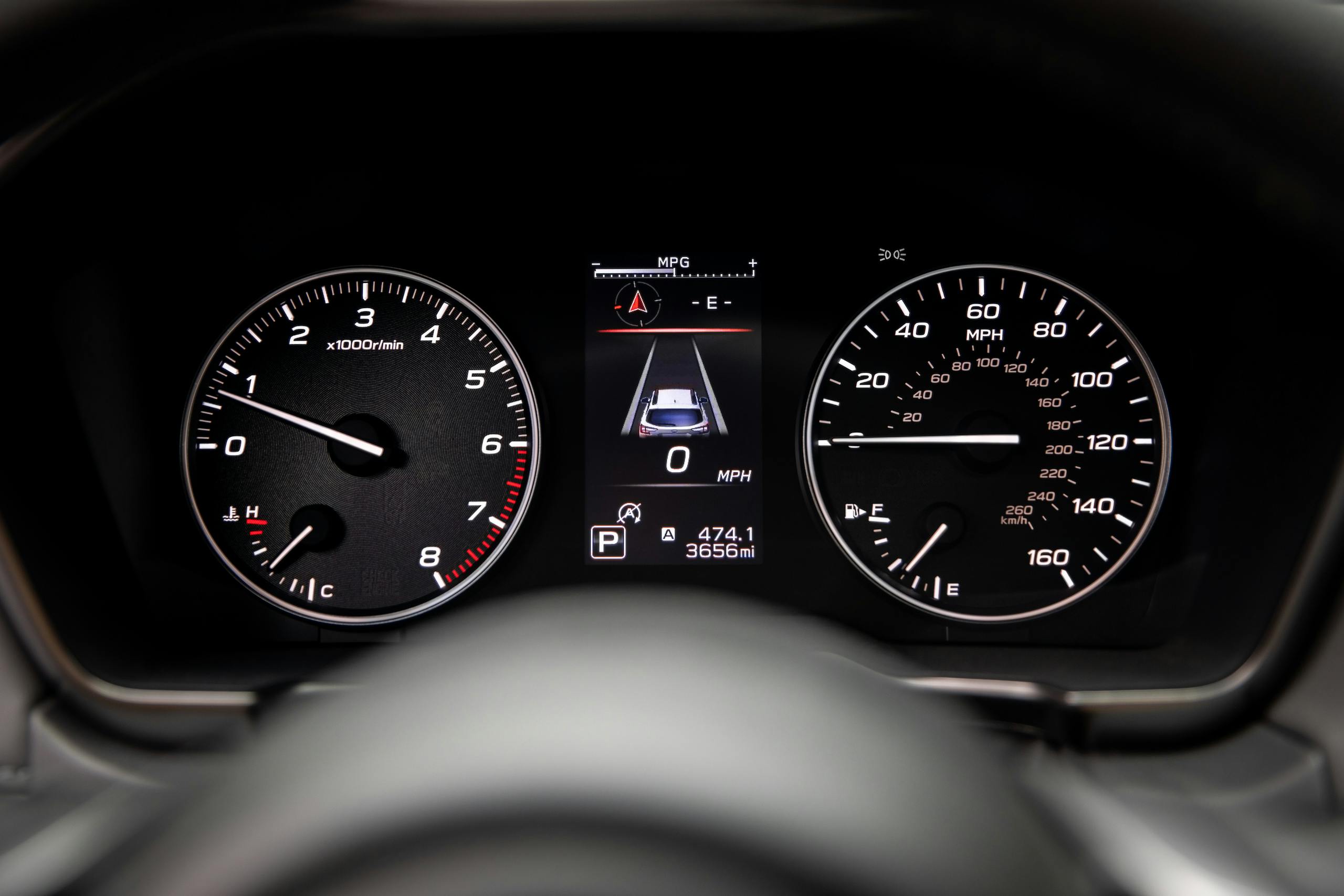

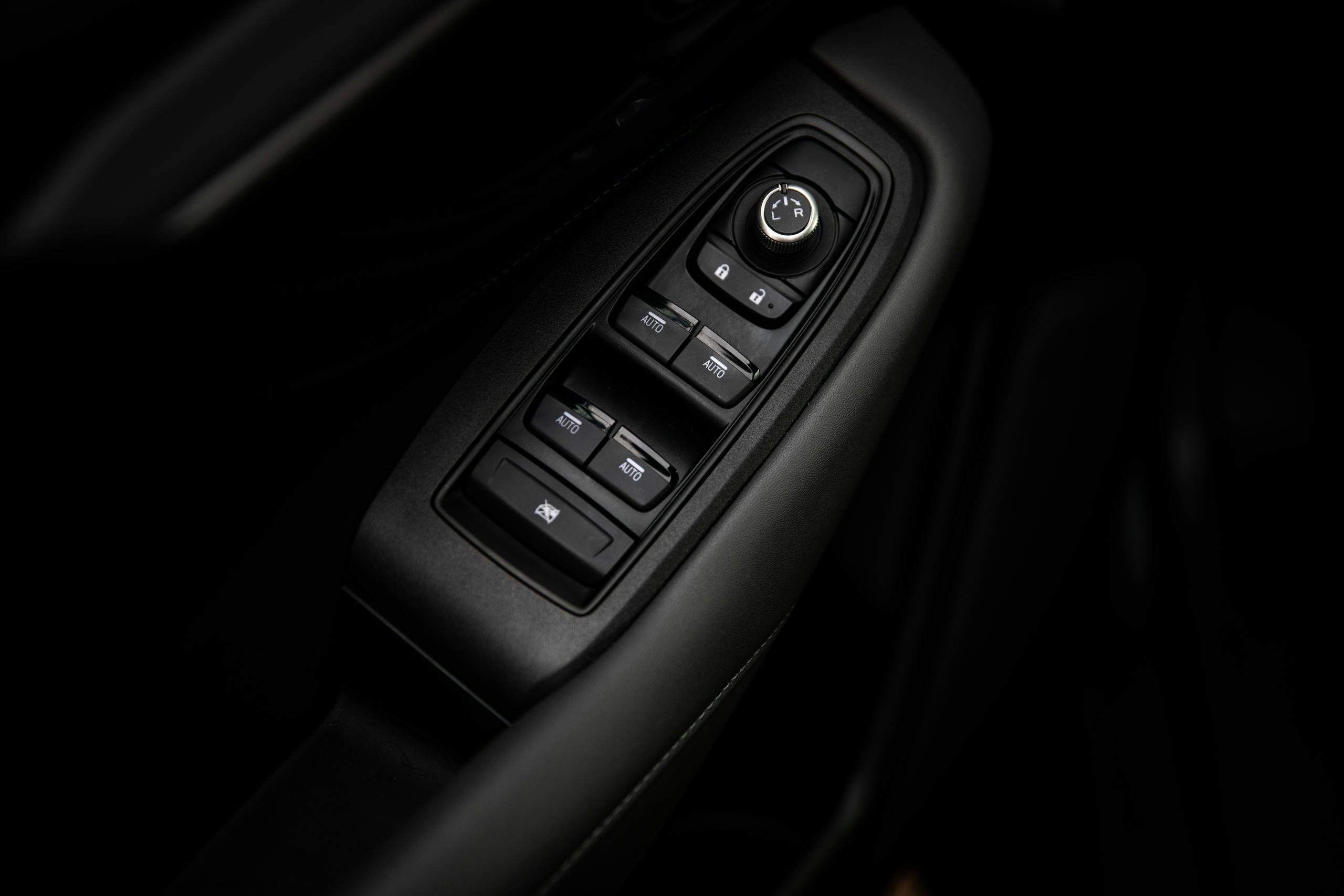

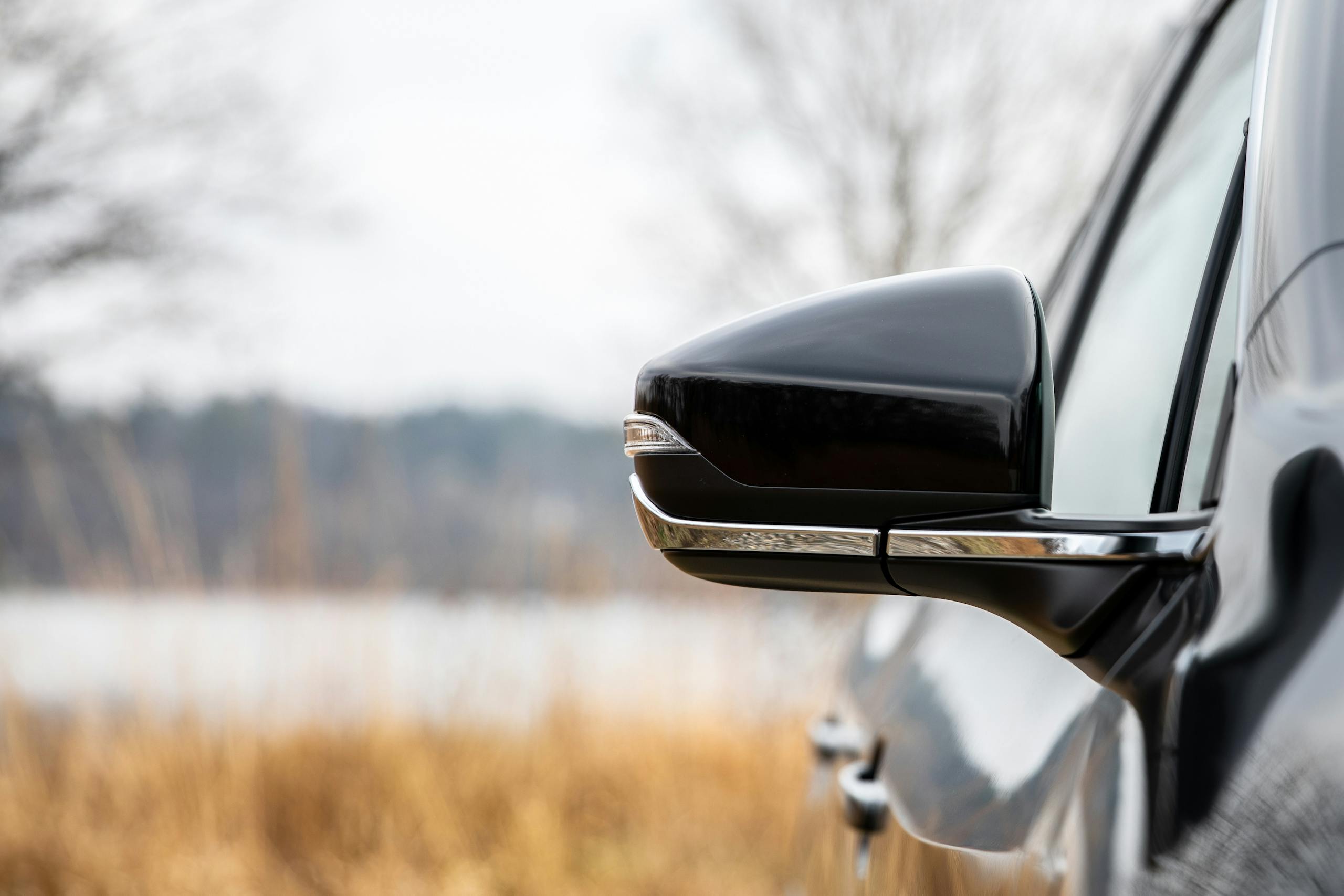
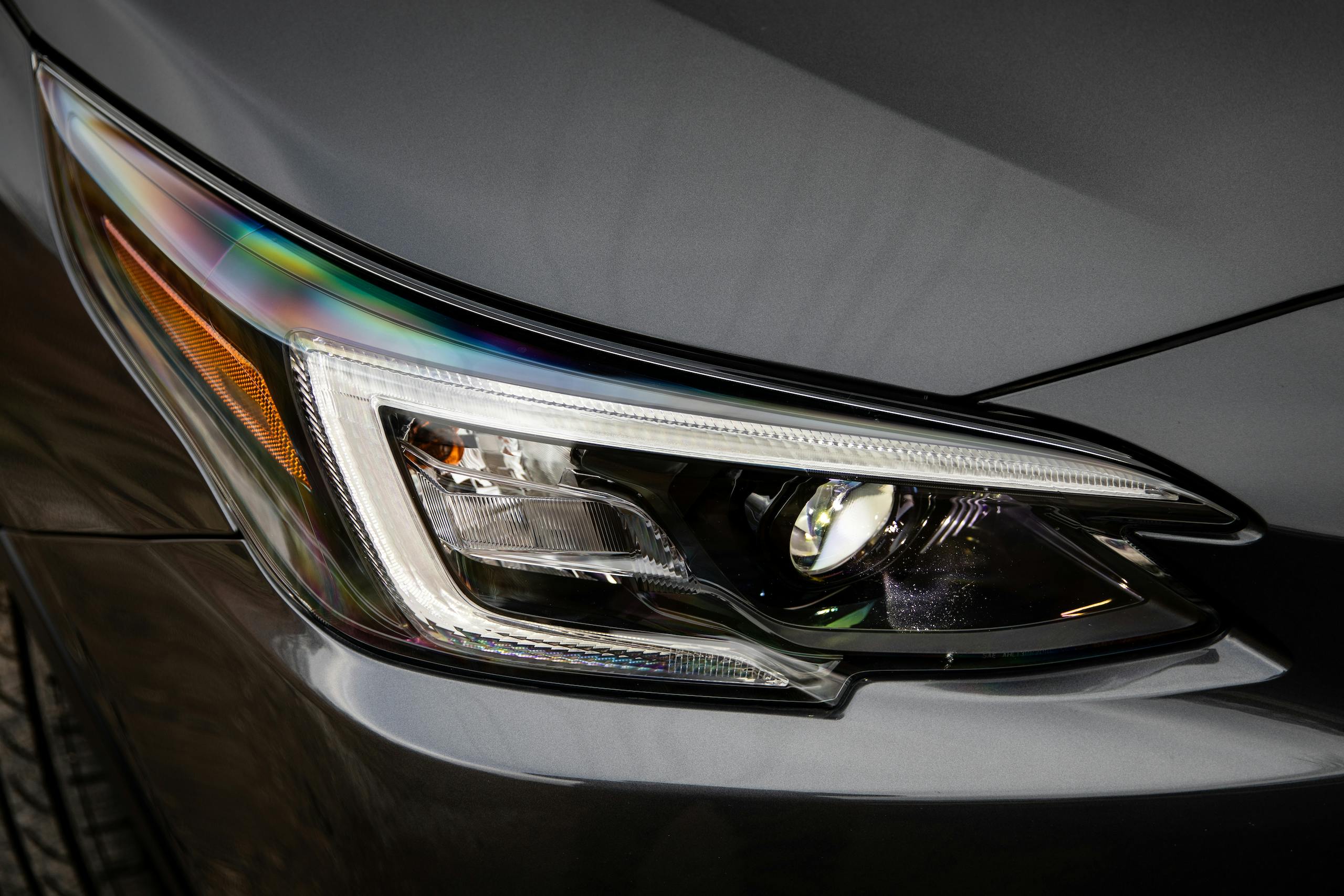
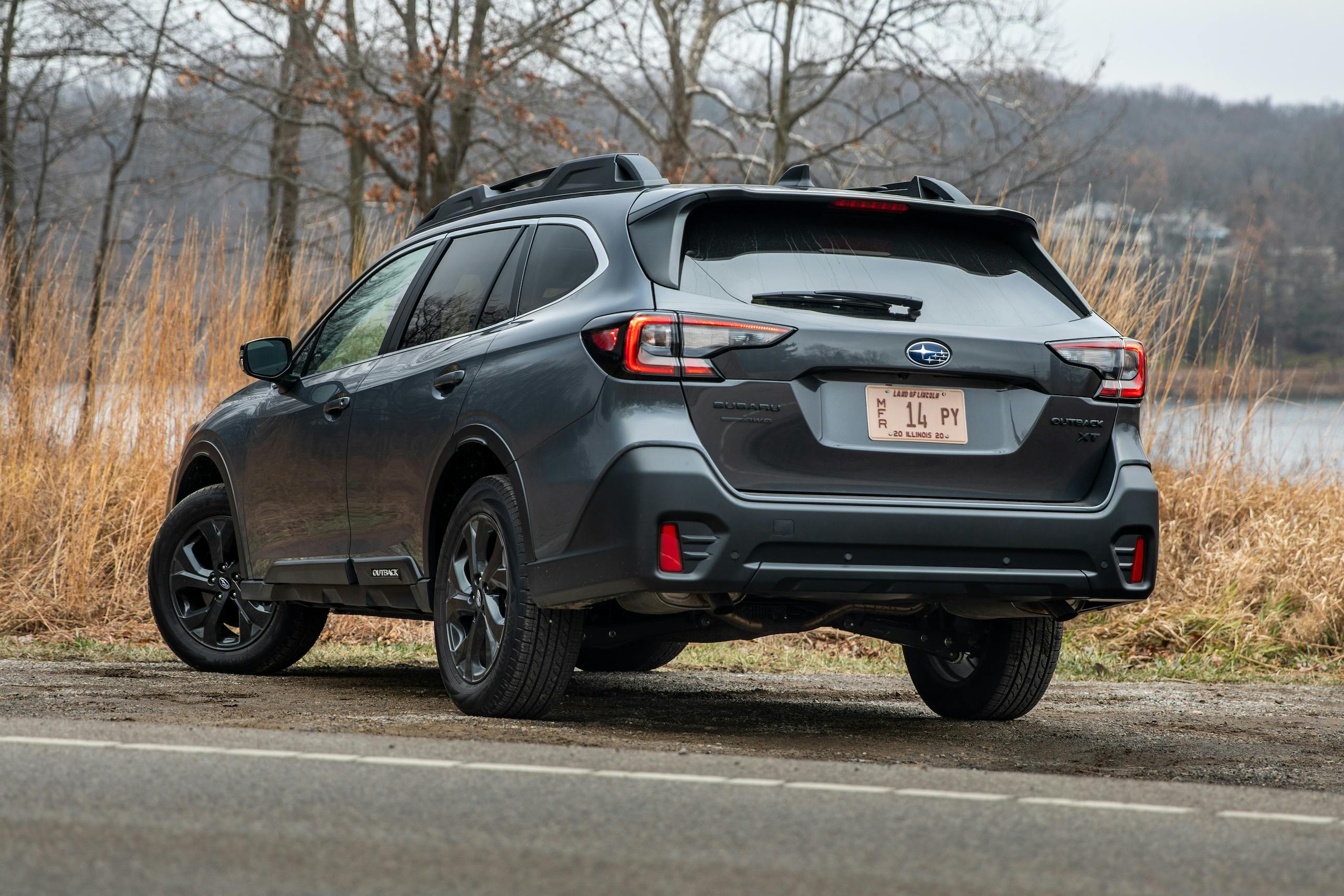
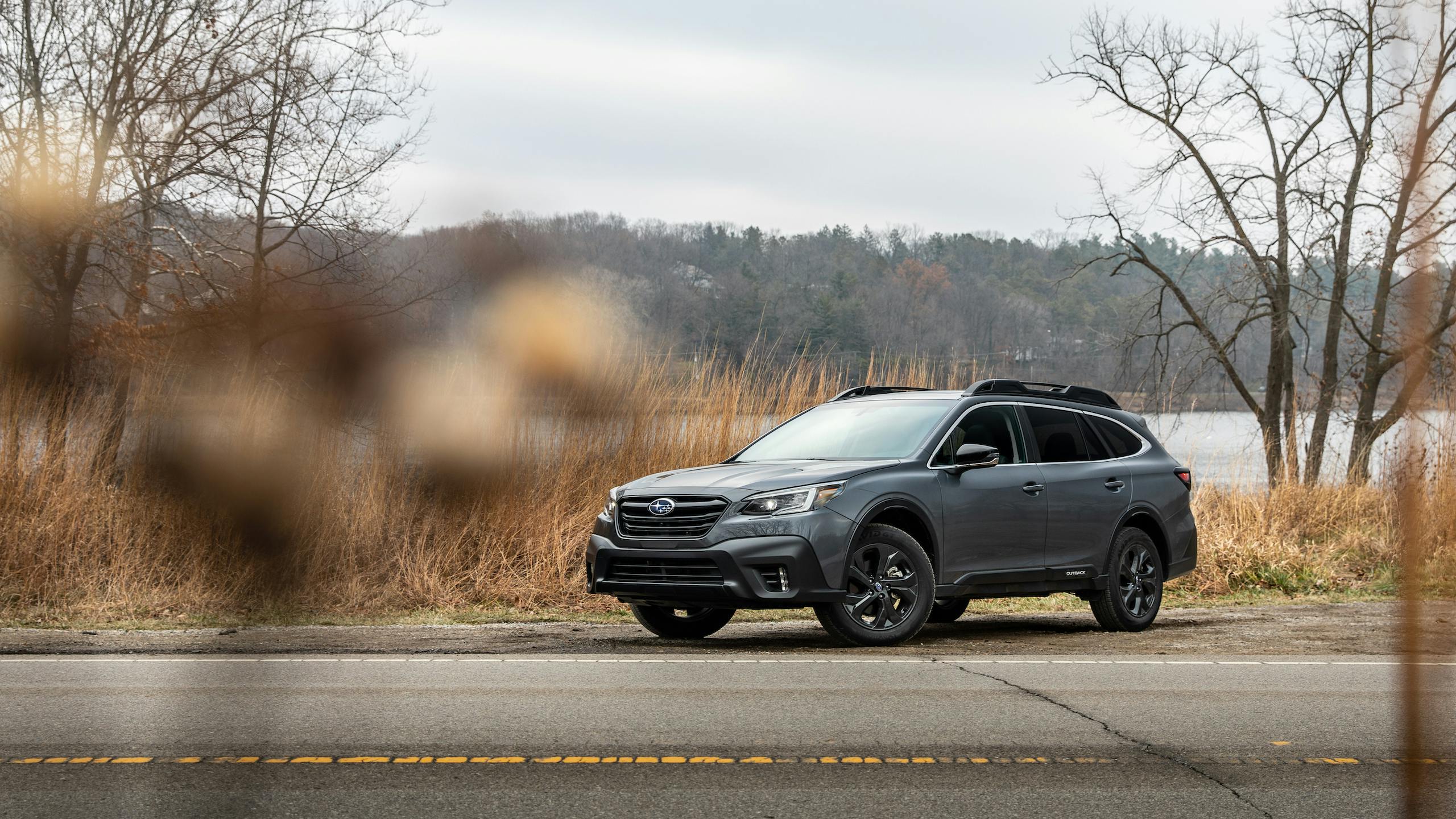
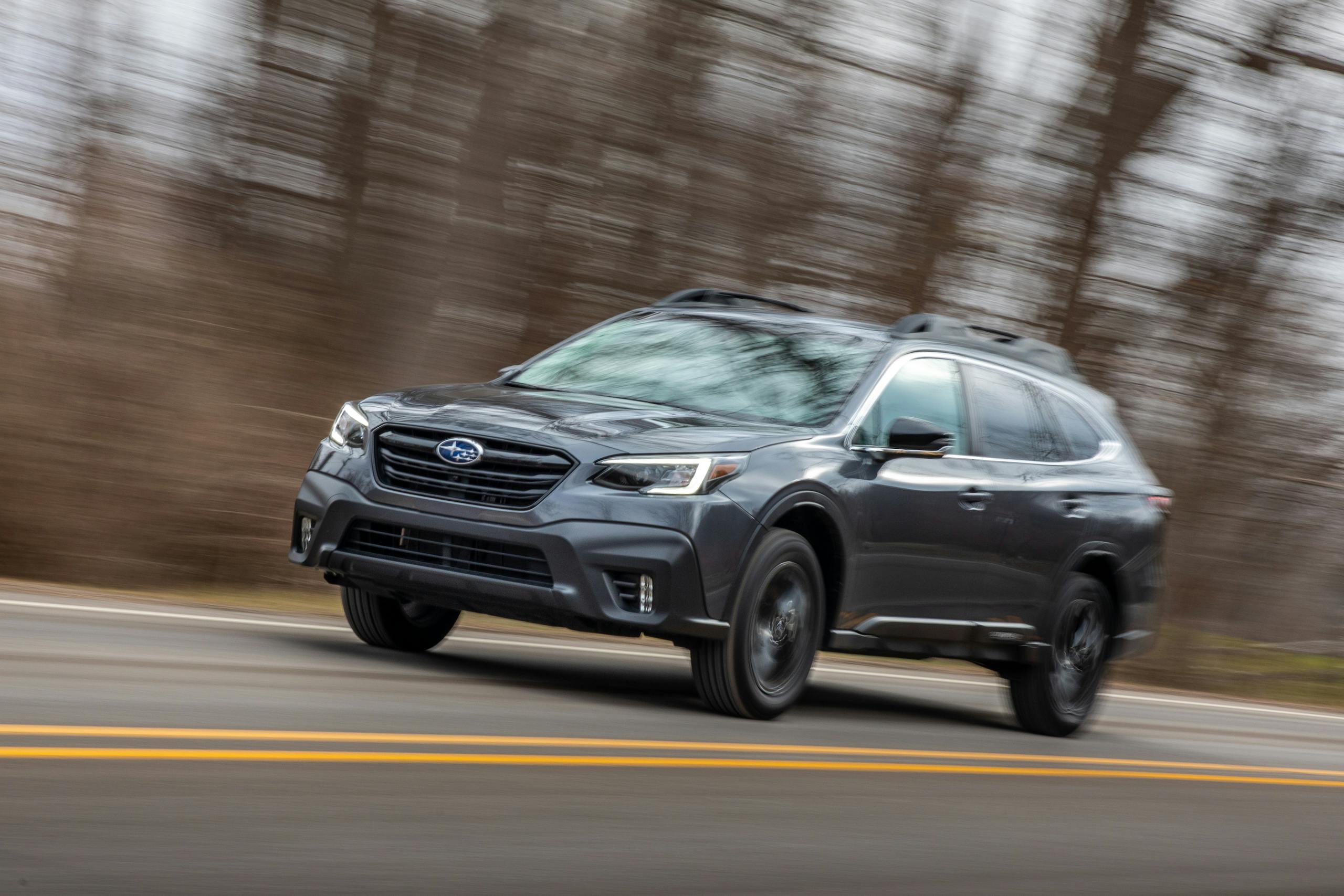
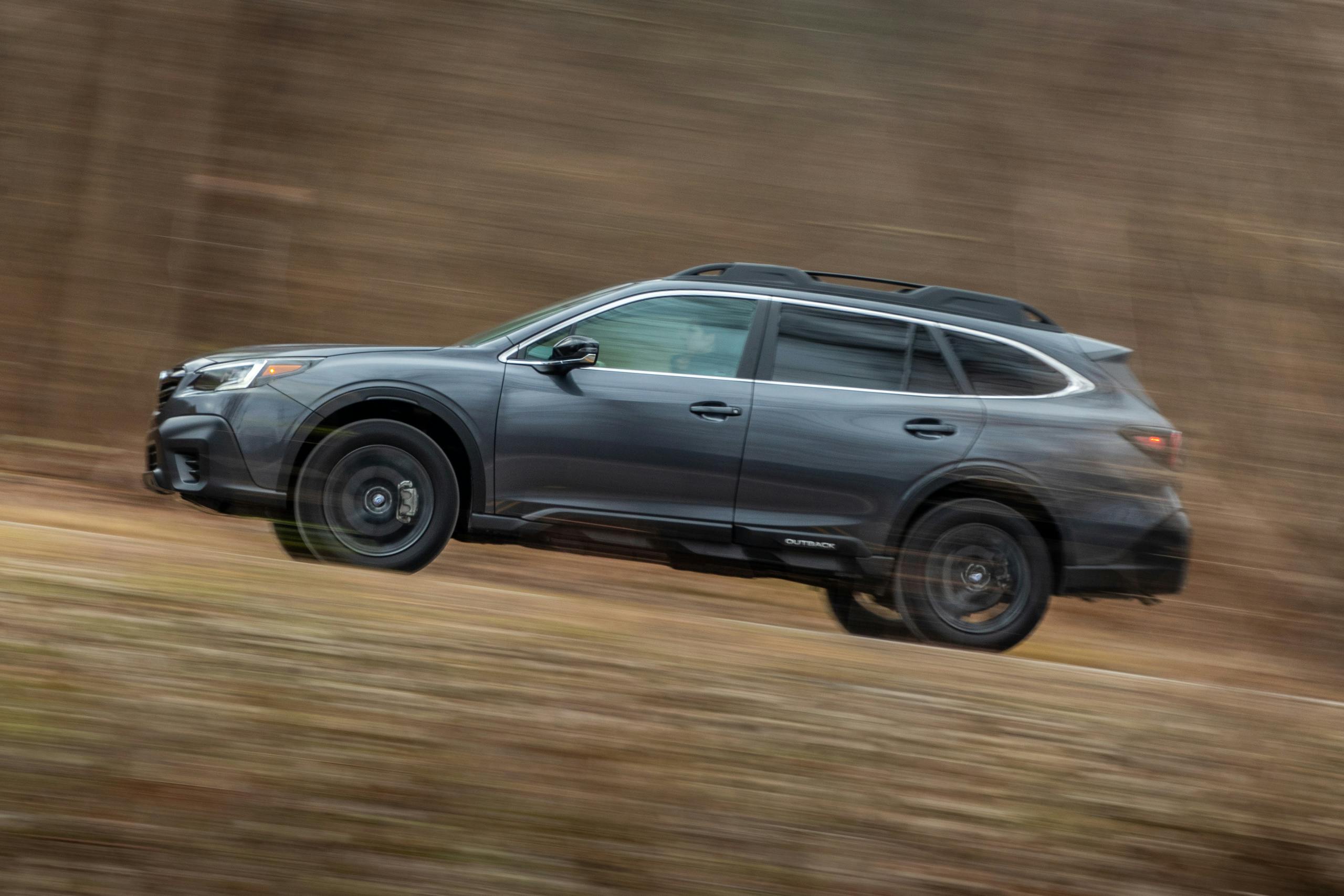


Bring baha wilderness limited to me